
Tuher Castle or Tuher Castle (Tucherschloss / Tuchershloss) is the historical residence of the noble patrician family of Tuher (Tuc).
Tuher Castle today is a bright and one of the main attractions of Nuremberg.
A museum is located within the walls of the castle. The public castle garden is adjacent to the museum.
The castle was built by Lorenz Tucher in 1533-1544, according to the designs, probably, of Paulus Boeheim, who designed the building based on the castles of the French Renaissance.
The sandstone building originally served its owners as a summer residence and a place for parties and other events and leisure.
The castle was badly damaged during the Second World War. The reconstruction took place in 1967-1969.
The building is a three-storey structure made of sandstone blocks with a facade designed simply, but in accordance with the former building codes of Nuremberg.
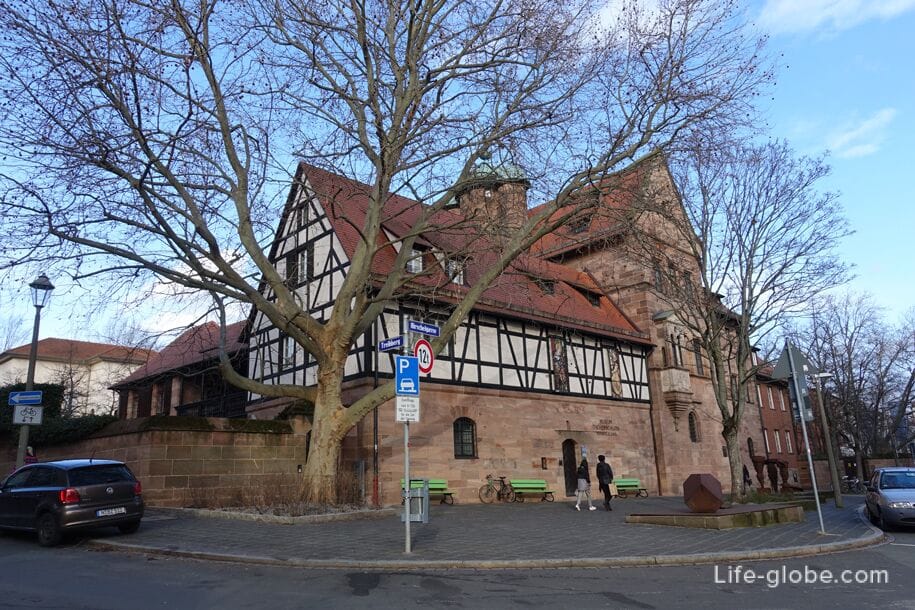
Today, the museum of the Tucherschloss Castle is open in the walls of the building, which presents exhibits dedicated to the history of the Tuchers family, including paintings, family portraits, furniture and interior items from the Golden Age of Nuremberg.
The museum also presents: carpets with plant and animal motifs from Flanders and France, a large Baroque altar with the image of "Ecce Homo" by the artist Mattheus Merian, a Limoges service with the coats of arms of the Tuchers, a silvered and gilded wedding cup by the Nuremberg jeweler and engraver Wenzel Yamnitzer.
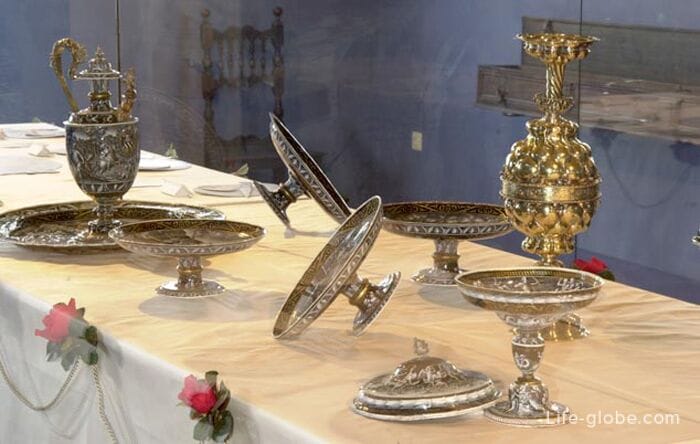
The large hall on the first floor of the museum with an impressive ribbed vault was once used for various purposes, including storage. Now the hall serves as a venue for weddings and it can be rented.
One of the most beautiful preserved fragments of the old Nuremberg stained glass windows is the Gothic openwork window of the room, created in 1502 in the workshop of the glass artist Feit Hirsfogel: it depicts the Annunciation and is based on the design of the workshop of Albrecht Durer.
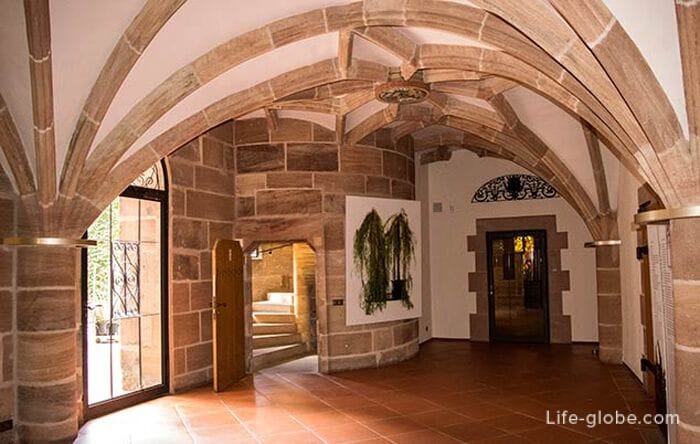
Adjacent to the hall are two "treasuries", which contain portraits of Albrecht Durer's teacher Michael Wolgemuth and Durer's student Hans Scheufelein. There are also important examples of church or memorial works.
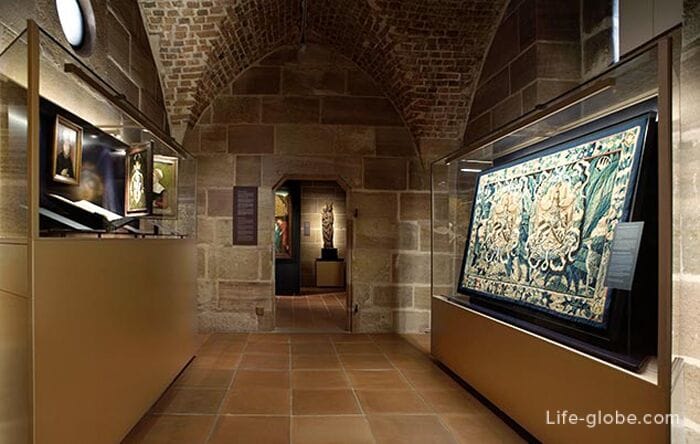

The living quarters of the Tuher family were once located on the first floor of the castle.
Today there are presented: a dining room with columns by the Nuremberg artist and sculptor Peter Fletner, a Baroque room and a study of the late 19th century.
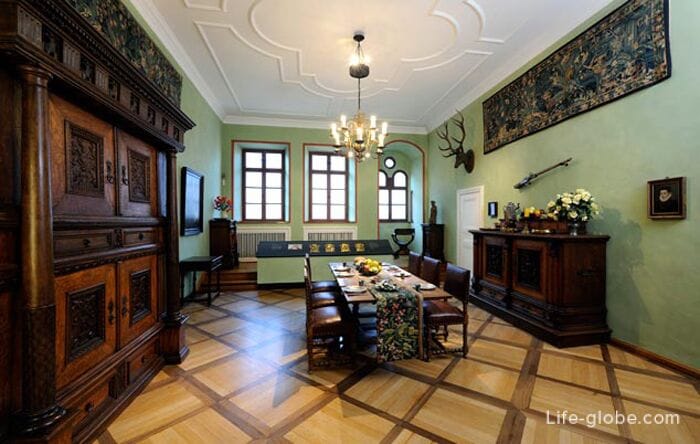
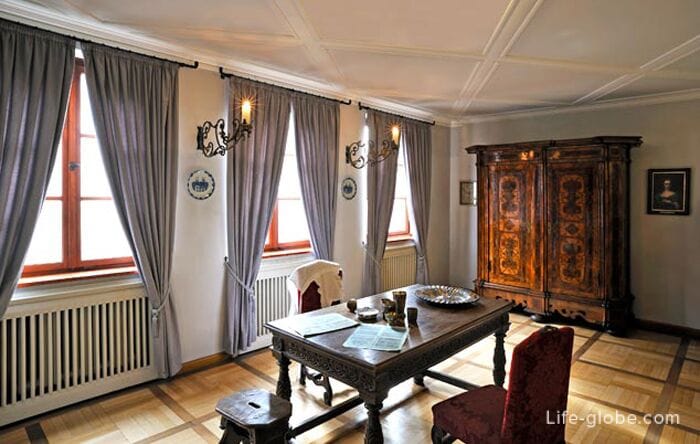
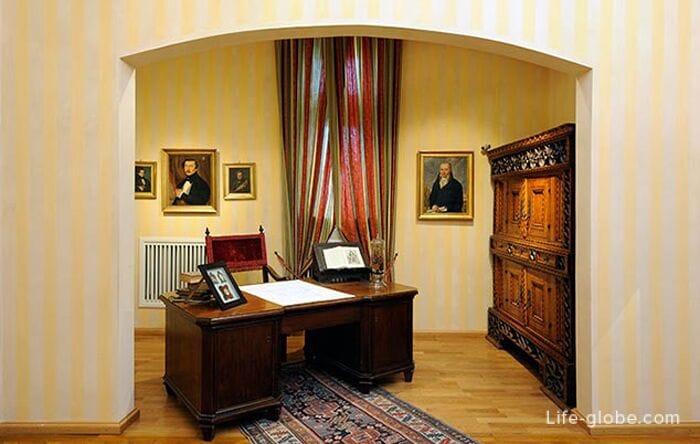
On the second floor of the castle there are executive rooms, to which a steep staircase leads from the first floor.
In such rooms, the Tukhers received high-ranking guests, including business partners, advisers and patricians, and also celebrated family celebrations, baptisms, weddings and engagements.
In the "Byzantine" red reception room there are: antique furniture and portraits of members of the Tuher family, created by famous Renaissance artists.
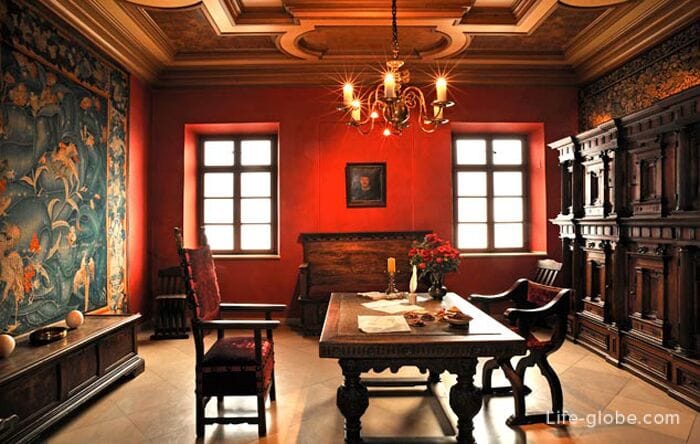
The large ballroom is decorated with a table covered with cutlery. On the table there are the famous cast Tuchersche tableware and a silver and gilded cup "Doppelscheuer" - a traditional Nuremberg morning vessel for a solemn wedding drink - consisting of two almost identical bowls.
The tableware and cup (bowls) were created by the largest jeweler of Nuremberg in the 16th century, Wenzel Yamnitzer (1508-1585) on behalf of Linhardt Tucher for the wedding of his son Herdegen IV with Katharina Pfinzing in 1564. Yamnitzer first made the dishes out of copper, and then Pierre covered it with Limoges (France) enamel.

Near the castle there is a castle garden (Schlossgarten) with Renaissance-style terraces, which is open to everyone.
Entrance to the garden is free (free of charge).
We recommend checking the days and opening hours of the garden before visiting.

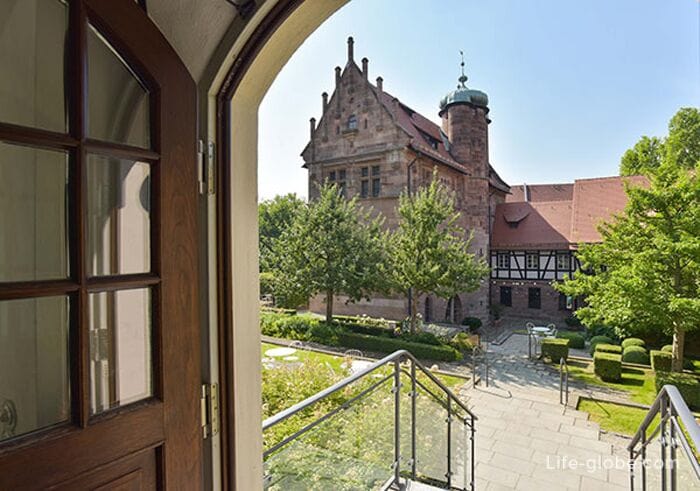
On the opposite side from the main castle, through the garden, there is a detached building - the so-called "Hirschvogel Hall" (Hirsvogel Hall, Hirsvogelsaal).
A small building was erected together with the main castle (1534).
The building had a low room on the ground floor and a hall with high ceilings at the top measuring 16x6.6 meters. The hall in the Italian Renaissance style was something completely new for Nuremberg.
The hall was a wedding gift from Linhardt to his wife, the Augsburg Patricia Sabine Welser, whom he married in Augsburg in 1535, shortly after the completion of the hall. The marriage was short-lived - Sabina returned to her parents in Augsburg 18 months later. The scandalous divorce and the debts that arose forced Linhardt to leave the city.
The Hirschvogel Hall was designed for leisure and social events.
The building was restored in 2000.
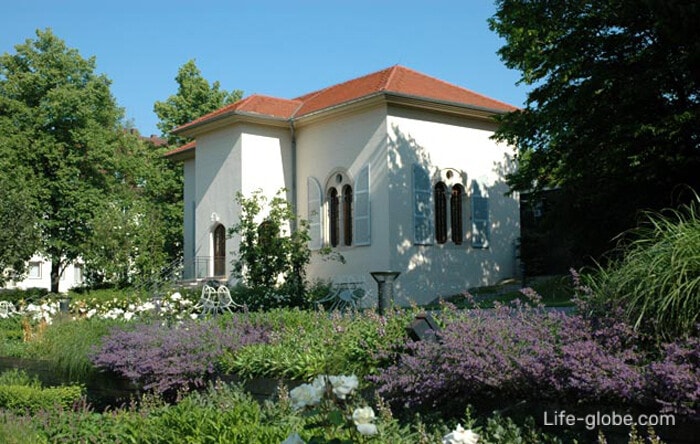
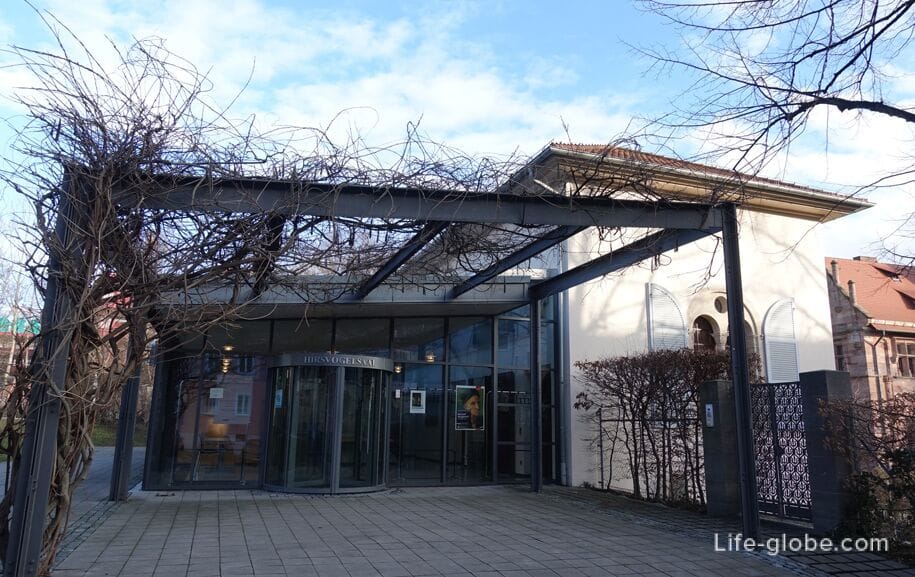
Today, the Hirschvogel Hall is considered the strictest and most beautiful creation of the German Early Renaissance in Nuremberg.
The unique decor of the hall, in particular, includes rich wall panels with carvings on antique themes made by the Nuremberg sculptor Peter Fletner, a stone fireplace serving as an exit to the garden, and a ceiling painting by Durer's pupil Georg Pentz depicting the Fall of a Phaeton.
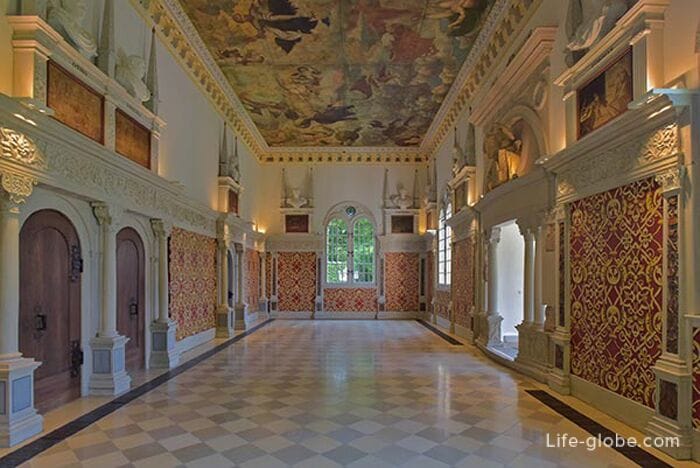
Tuher Castle is included in the tourist route "Historical Mile of Nuremberg" (Historische Meile Nürnberg).
The Tuher Castle Museum is located in the north-eastern part of the historic old town of Nuremberg, at the address: Hirschelgasse, 9-11 (Hirschelgasse).
We recommend checking the opening hours of the museum and the palace garden, as well as the cost of entrance tickets directly before visiting the official website.
Website of the castle-museum of Tuchers: tucherschloss.
All accommodation facilities in Nuremberg, including in the city center and near the Tuher Castle, can be viewed and booked here